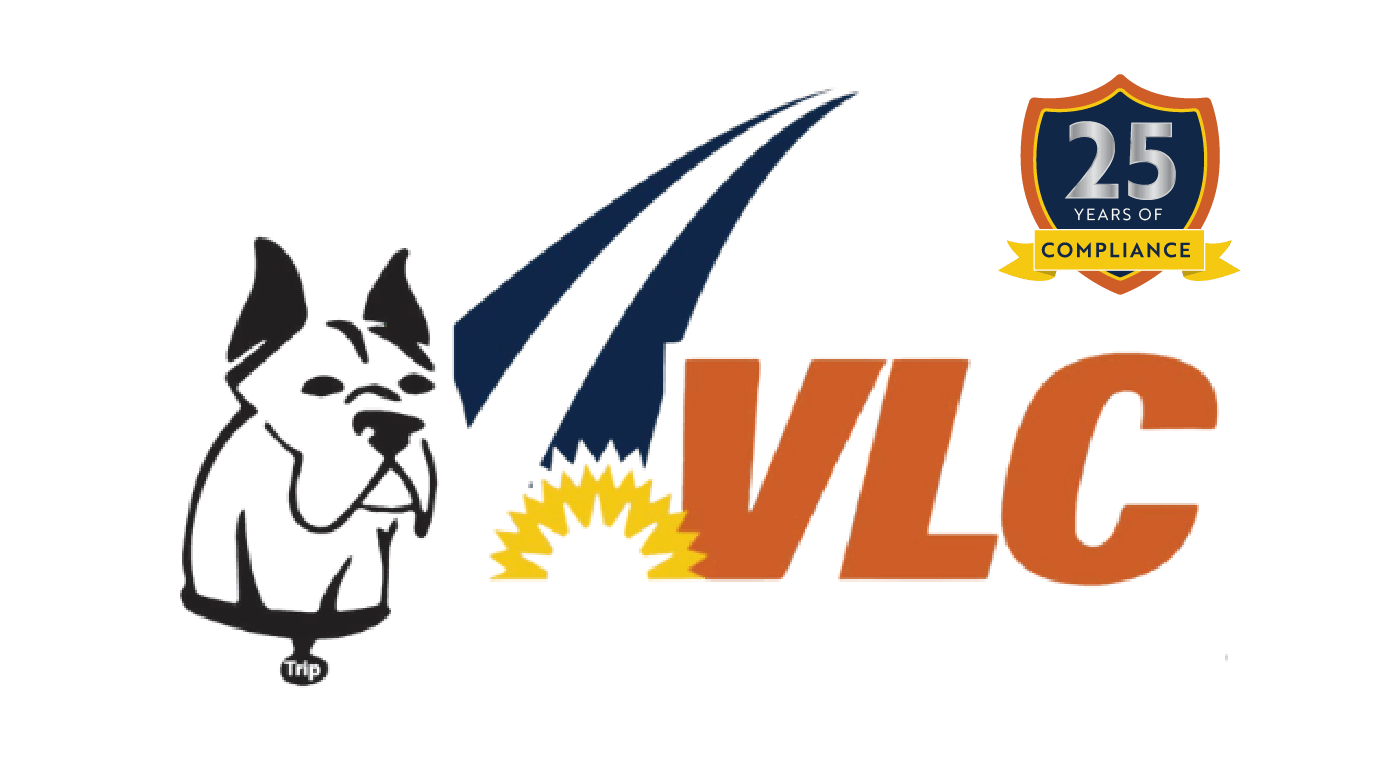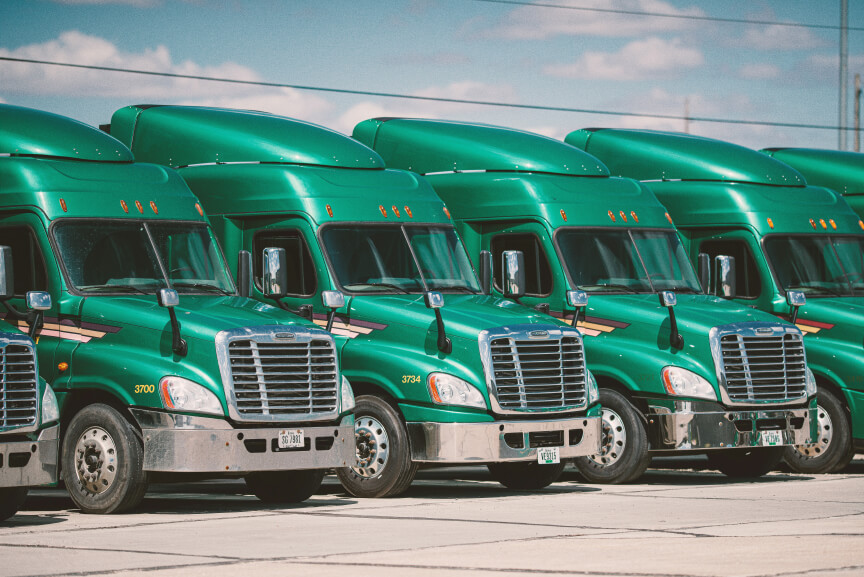How to Build an Effective Trucking Safety Program That Works
Transportation companies face mounting pressure to maintain compliance with FMCSA regulations. Fleet managers struggle with programs that exist only on paper. Many safety initiatives fail to create real change on the road.
The solution lies in developing systems that go beyond documentation. Building programs that actually work requires strategic planning and consistent implementation across your organization.
Why Your Current Safety Program May Be Failing
Most trucking companies have safety policies in place. However, these programs often lack the structure needed for success. Common problems include unclear accountability and insufficient training programs.
Without proper leadership, safety becomes an afterthought rather than a priority. This approach leads to increased violations and higher operational costs.
Step 1: Establish Clear Safety Leadership
Every effective trucking safety program needs dedicated oversight. Assign specific responsibility to someone within your organization. This person could be a safety director, fleet manager, or safety committee member.
Clear ownership creates accountability throughout your fleet. When someone tracks progress and implements training, safety becomes integrated into daily operations.
Consider aligning your safety leader with compliance tracking tools. This integration ensures nothing gets overlooked in your safety management process.
Step 2: Prioritize High-Impact Risk Areas
Focus your initial efforts on the most urgent and fixable risks. Trying to address everything simultaneously spreads resources too thin and reduces effectiveness.
Target these critical areas first:
- Vehicle inspections to prevent DOT violations
- Hours-of-Service compliance to reduce fatigue risks
- Distracted driving behaviors that cause accidents
- Preventative maintenance to avoid breakdowns
This focused approach demonstrates immediate results. Quick wins build momentum for broader safety improvements across your fleet.
Step 3: Implement Consistent Training Programs
Training transforms written policies into practical knowledge. Your safety program’s effectiveness depends entirely on how well your team understands it.
Create training that sticks by following these principles:
Keep your messaging clear and simple. Avoid complex industry jargon that confuses drivers and staff.
Offer training at multiple touchpoints. Include onboarding sessions, regular refreshers, and updates after policy changes.
Use both in-person and digital formats. This variety accommodates different learning preferences within your team.
Reinforce key messages through daily reminders and safety meetings.
Consistency builds habits. When your team hears the same safety messages regularly, compliance becomes second nature.
Step 4: Build Fleet-Wide Buy-In for Your Effective Trucking Safety Program
Even well-designed programs fail without employee support. Buy-in creates the difference between paper compliance and active safety culture.
Communication is the key to earning this support. Show your drivers and dispatchers how safety policies benefit them directly:
Fewer roadside inspections reduce job stress and delays. Well-maintained vehicles prevent breakdowns and keep schedules on track.
Strong safety records improve company reputation. This leads to more consistent work and better business relationships.
Frame safety as a shared value rather than just another rule. When your team sees safety as something that improves their work experience, engagement follows naturally.
Step 5: Track Meaningful Safety Metrics
Data drives improvement, but too many metrics can overwhelm your program. Focus on indicators that truly reflect your progress rather than tracking everything possible.
Monitor these key performance areas:
- DOT violation reductions during roadside inspections
- Decreased accident and safety incident rates
- Lower driver turnover related to improved job satisfaction
- CSA score improvements over time
Consistent tracking allows you to celebrate successes and identify problem areas. Make data-driven decisions that support your safety objectives.
Remember that better numbers serve a purpose. Your ultimate goal remains safer drivers and a stronger fleet operation.
The Business Case for Effective Trucking Safety Programs
FMCSA regulations continue to tighten while operating costs rise. Proactive safety programs have become essential for business survival and growth.
Fleets that neglect safety face serious consequences:
- Higher insurance premiums that impact profitability
- Costly violations that strain operational budgets
- Reputation damage that loses potential customers
Companies that invest in safety gain measurable advantages:
Lower operating costs through reduced accidents and breakdowns. Stronger compliance records that protect operating authority.
Improved driver satisfaction leads to better retention rates. Safer carriers gain competitive advantages with quality shippers.
Turn Safety Into Your Competitive Edge
Building programs that deliver results requires commitment to progress over perfection. Focus on accountability, culture, and consistent improvement.
Success comes from assigning clear responsibility and targeting urgent risks first. Train with clarity while earning buy-in across your organization.
Measure success strategically without getting lost in unnecessary data. This approach creates safety programs that generate real, lasting results.
At Vehicle Licensing Consultants (VLC), we have helped fleets succeed for over 25 years. Our compliance and fleet management tools, including GWConnect and DQM Connect, make it easier to implement and track safety programs.
Ready to strengthen your fleet’s safety culture? Contact VLC today to build a safer, smarter program for your drivers and operations.



